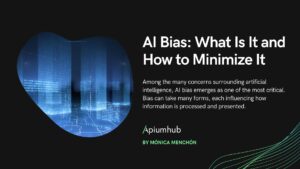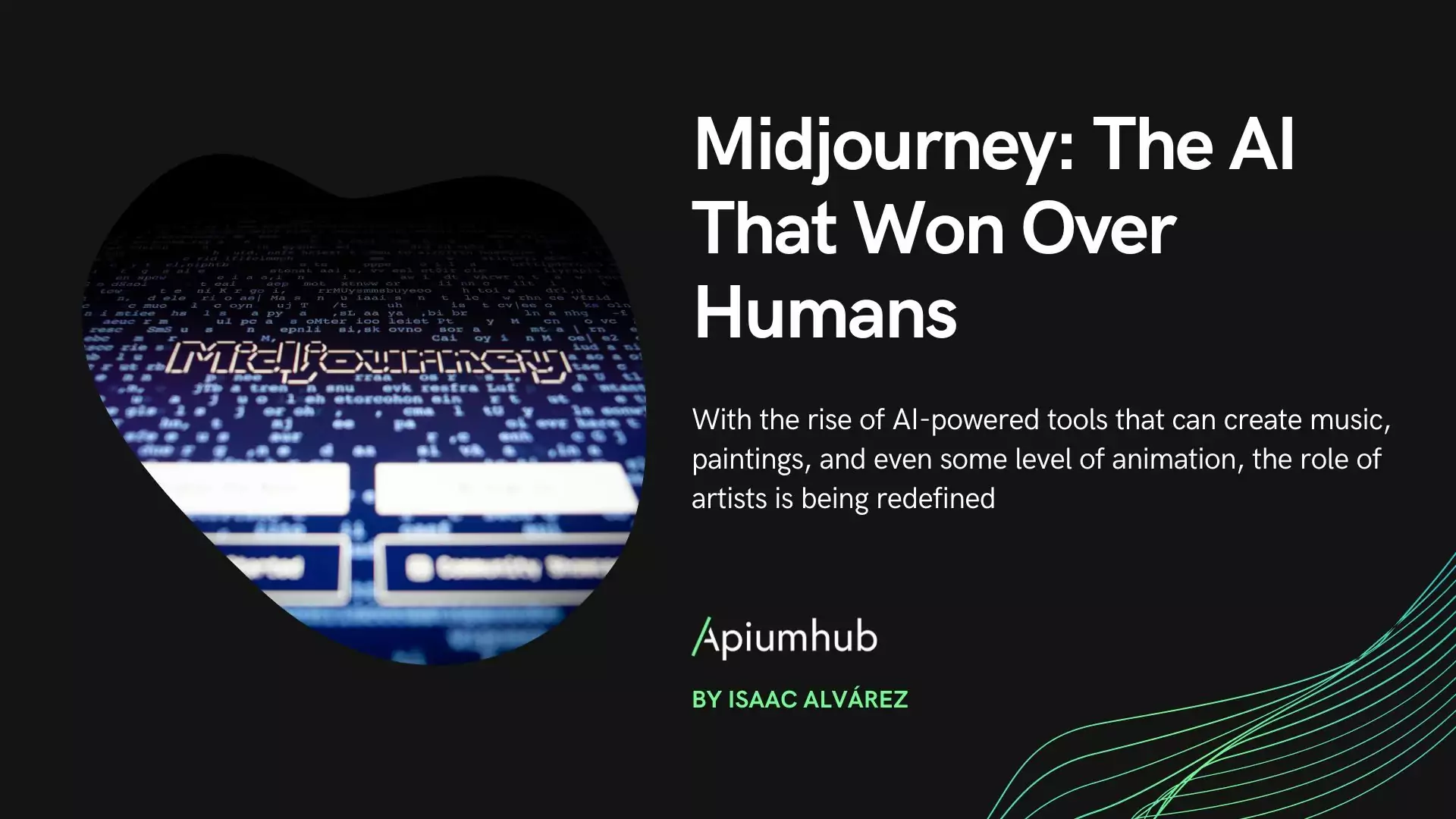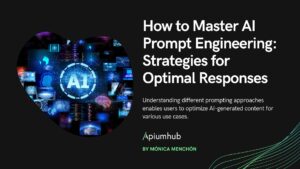Table of Contents
At KFC in Hangzhou, China, a customer comes to buy food, look at the camera and in order to pay just smiles and walk away happy with the order. No, it’s not a scene from some movie. It’s Alibaba’s “Smile to Pay” service, Facial Recognition, launched by Ant Financial affiliate.
An imposter held down at a Washington, DC Airport for stealing someone’s identity and carrying a fake French Passport.
Now, the correlation between these two scenarios lies between the question: How? And the answer is: Biometrics Facial Recognition. For most of the consumers, the word/technology doesn’t seem alien, thanks to the Tech Giant, Apple who released its first ever iPhone X series with Face ID technology, that uses your face as a measure of authentication and unlocks the phone. Similar to that, Alibaba’s ambitious project “Smile to Pay” allows customer to sign up in their application Alipay, enable the facial recognition and voila, a 3D camera at the Point-Of-Sale store will capture your picture and the payment is done with your linked account. All it needs to do is authenticate the person by their biometrics face detection technology and for more secure operation, a consumer can always enter the registered phone number as a two-way authentication process.
Overview of the Facial Recognition Technology
Every human has unique facial points, fingerprints, voice and retina patterns which can be used as an authentication purpose in the most secure way. Any biometrics system operates on two basic principles; Identifying and Authenticating. Basically, facial recognition is well-defined software that uses relevant facial points of a person and compares it to the stored digital image. The aim is to replace and compare the real-time picture of a person using its most relevant facial features depending upon various factors like Lights, the movement, the expressions and the distance from the camera. For example, in the case of Gradients, the pixels are compared between the digital stored picture and the real-time picture with a representation of pixels brightness around the crucial points. This makes the recognition process easier even in low light.
Then comes the approach of Depth, using technologies like 2D or 3D model, systems are more clear about the symmetry and distinguish the characteristics from a flat and static image. Hence, the well oriented and in-depth authentication proceeds followed by the algorithm sets that encode the face, match it and distinguish the characteristics and patterns of both the images and provide the most accurate results.
With the launch of Apple iPhones X and its successors, facial recognition system has paved its way to common people by making it mainstream. The way Apple says it, “Your face is your secure Password” because it’s the easiest and safest way to authenticate your device especially with Apple making a claim that the new devices iPhone Xs and Xs Max can neither be fooled by a selfie or a video of a person nor by a sleeping person to prevent further spoofing.
It’s impact on various sectors
Apple might have been the reason to make this technology so effortlessly available to common people in a day-to-day life; however, the Facial Recognition technology has not only to be embraced but also been utilized on a higher level in every sector. The facial recognition technology has an undeniable tight grasp when it comes to the biometrics authentication system compared to its predecessors like fingerprint, IRIS sensors and Voice Recognition being the most natural and secure method. As claimed by Apple, there is 1 in 50,000 chance of identity or duplicate theft with fingerprint, but 1 in a 1,000,000 chance to duplicate the facial features and cone the Biometric Facial Recognition system.
Financial Institutes
From digital payments to opening an account or authenticating at Bank to access the account just by a smile on the face is no longer a dream and highly accepted approach by the majors like CiTi Banks, Lloyd Banking Group Inc, Australia and New Zealand Banking Group to Commonwealth Bank.
Educational Sectors
When it comes to making the development by siding with the latest technology, schools, colleges and Institutes are no longer behind. Every day passing by, the education sector is also adopting this new technology in a more mainstream way to personalize the students’ identities, health records, and interest level. Educational sector has not only restricted the system to the authentication purpose but is also taking it up by a notch through mapping of the face to develop an idea of engagement level of a student on various subjects.
Health Sector
Healthcare professionals and patients tend to spend a lot of energy and money behind keeping the track of patients’ records, insurance, and retrieval of patients. This valuable time can rather be spent on people in the emergency situation, there comes the facial recognition in the picture. Patients’ health records are sensitive and to keep those records safe and in check is a crucial task which can be achieved easily with the Biometrics Facial Recognition. Not only it provides the sleek solution to the health records system, but it also saves the time to serve other patients in need in the meanwhile. od.
How is it different than other Biometrics Authentication System?
Biometric Identification can be categorized into two parts: Physiological Identification and Behavioural Identification.
Every human possesses unique physical attributes like DNA, Facial Features, Retina, ear measurements and Fingerprints which falls into Physiological categories and impossible to duplicate or imitate. These are the most consistent attributes of a human body and cannot be replicated.
Behavioral Identification comes in the picture when it’s measured when a person is performing a task, doing a signature, voice recognition, Keystroke dynamic as it emphasizes on an individual’s personality, traits and behavioral aspects making it a non-invasive process, best suitable for public surveillance.
The implementation of the biometrics authentication affects the modality it is going to use. First level access control can be achieved by single modality i.e. fingerprint, IRIS, or face recognition. However, where the security is the primary concern, multimodal techniques can be perceived i.e. any combination of IRIS, Face recognition, Fingerprint.
One of the most highly efficient biometrics authentication involved Retina Scanning or Retinal Recognition which uses a person’s unique blood vessel patterns in an individual’s eyes as a measure of identification. It calculates the mathematical mapping of one’s blood vessel in the Retina. Even though it is more reliable than other methods, this technology is shrinking and being outnumbered by Facial recognition as the later has been more mainstream lately and with its easy deployment. In spite of higher reliability rate of Retinal Recognition, the facial recognition is taking over because unlike Retinal Recognition, it does not require a close encounter with the device and because of its lower rate of acceptability by the market.
Another popular method is Fingerprint scanning more suitable for the first level, personalized and with consent authentication. The method has been a bang for the buck as it’s used at almost from a small business employee attendance to company’s employee records and payrolls. It’s definitely more unique than the face recognition as every individual has a unique fingerprint and cannot be duplicated or be similar to a twin. Any first tier access level control can be accessed by fingerprint system making it the in-demand authentication method of all.
Concerns
Biometrics Technology has left its marks on the world and our day-to-day life by doing something that was considered almost unachievable a few years ago. Authentication got to a whole new level because of the significant contribution of Biometrics Industry. People got more safe & secure authentication and identification system, got rid of unnecessary cards, PINs and passwords to a newer approach of faster and more reliable, robust technology. However, no technology is completely unbeatable, especially when it’s new; it tends to be more vulnerable.
The major concern that lies here is the identity theft or stealing the Biometrics data stored on the server as one’s biometrics are unique and irreplaceable attributes. Universally accepted Biometrics Authentication still raises the risk of data theft and privacy concerns. As news broke of spoofing Samsung S8’s IRIS sensor and hackers were able to do it just by using the picture of an eye and contact lenses. According to a report, Wired Magazine spent thousands of dollars and highly skilled biometrics hackers to break the security of Iphone X and was unsuccessful.
While announcing the launch of iPhone Xs and XsMax, the Apple CEO, assured the consumers that the upcoming models are safer and highly secured that it cannot be accessed by a simple picture or a selfie, but also resists authorization when the phone is tried to be unlocked while a person is sleeping. Also, they made it clear that the biometrics of an individual will not leave his phone and will not be stored on any of the servers of the system making it impregnable. However, just like any other technology, facial recognition is also not completely immune to the potential attack on it and it’s just a matter of time when hackers will be able to achieve so with the continuous game of cat-and-mouse between the developers and the hackers.
Also, “Your face is your password’ as tempting as it sounds, might not prove to be the best thing because it’s your password that everyone is aware of, putting your own security on stakes. The traditional passwords might be easy to track down or duplicate but at least they won’t put a person’s entire existence in arms of danger. Data violation or theft of someone’s biometrics put the entire concept of authentication and identification in jeopardy. Biometrics systems are undoubtedly getting more sophisticated, but so are the hacks and the attacks. Not only, biometrics is more prone to hacking, it also comes with more repercussions than password because they are not revocable. Once a person’s biometrics is stolen or hacked, the person’s entire identity, life is stolen, they can be used for criminal uses or falsify the government data.
As of now, it would be safe to go with multimodalities in order to make the system more immune to potential risk against it. Any combination of biometrics authentication system with complicated passwords can be more efficient rather than just depending on a single entity. Two-factor authentication is the most suitable option for us to adopt and make the grip of security tighter.
Conclusion: Facial Recognition
According to Global Market Analysis, Facial recognition system revenue is estimated to hit the revenue of $888.2 Billion by the year 2024, expecting the growth of 36.07% CAGR (Compound Annual Growth Rate). What drives this rate is its popularity among the consumer market as well as the sectors like Banking, Health, Law and Education. With this high rate, the facial recognition is leaving no stone unturned with its innovative and ground-breaking discoveries made every day in this field. Providing lucrative opportunities, the future of facial recognition system looks certainly bright with respect to funding and public interest.
If you are interested in Facial Recognition Software, I highly recommend you to subscribe to our monthly newsletter here.
If you found this article about Facial Recognition Software interesting, you might like…
- Top business blogs to read
- Smart city projects and leaders to keep an eye on
- Human-centered innovation
- Barcelona makes it to the top 5 of innovation hubs
- Blockchain technology: use cases, statistics, benefits, startups & events
- Barcelona; one of the best smart cities in Europe
- Disruptive innovation to track
- The era of unicorns
- Top 20 promising startups in Barcelona
- IOT projects that may change the world
- AI can control the “Fake news” market
- Artificial intelligence – in math I trust
- Proptech: benefits, opportunities, startups, and predictions










One Comment
Anna
Awesome post, thanks for sharing.